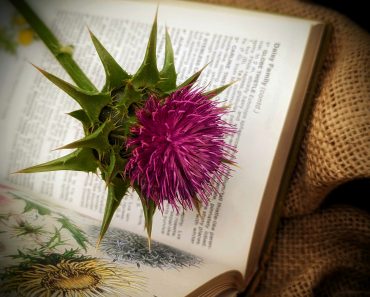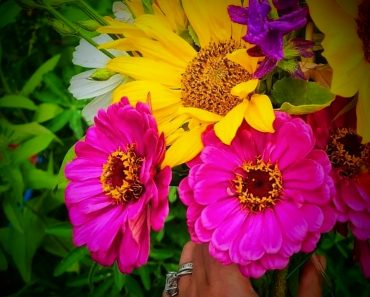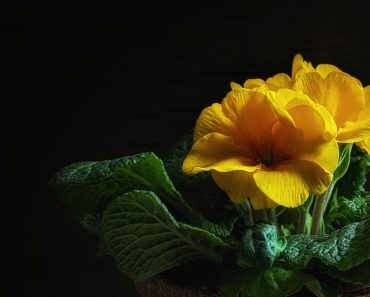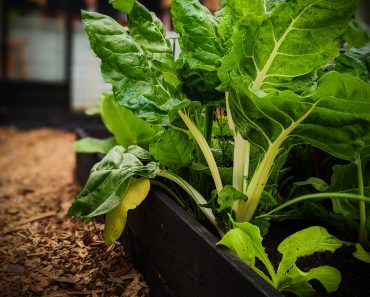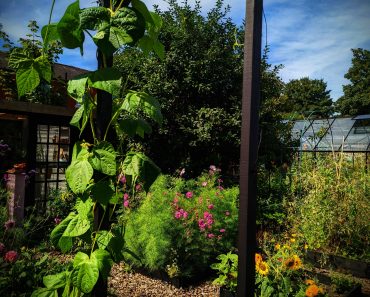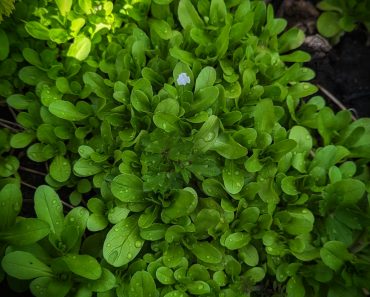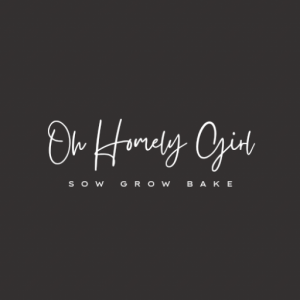Eryngiums, also known as Sea Holly are a Hardy herbaceous perennial with spiky leaves and thistle- like flowers. Pollinators love them! They come in shades of Silver, white, intense cobalt blue, through to deep purple. Most suited to Summer gravel gardens, coastal gardens and mixed herbaceous borders. Here’s how I grow and care for mine…

Eryngium Characteristics
Eryngium is a genus of flowering plant belonging to the Apiaceae family, which also includes Astrantia, Parsley and Coriander. Originating in Europe and Central Asia.
There are over 250 species of Eryngium! Most of which are perennials, they can grow anywhere from 40-90 cm tall with a spread of 30-40cm, these beautiful striking plants are a real head turner!
They produce Individual flowers in silver, green, blue or purple. Compact but vibrant, the thistle-like flowers present in tight, rounded, or cone-like heads, encased by spiny bracts. Normally in bloom from June through to September
No Sea Views necessary! As the name sea holly would suggest, Eryngiums do love a coastal garden! But, that doesn’t mean us inland dwelling folk can’t enjoy them too! I have a bunch in my urban allotment and in pots at home, they really aren’t all that fussy!
This post may contain Affiliate links please see my disclosure policy
Eryngium Symbolism
In some cultures, Eryngium or sea holly is thought to bring good luck and prosperity. In ancient Chinese medicine, the plant is seen as a protector, dispelling evil spirits, curse’s and misfortune.
With its bold and vibrant appearance, Eryngium is also representative of independence, strength and attraction.
Believe it or Not, you Can eat it!
Not for one minute would you believe that these spiny beauties were edible! For those who love a good Forage– Eryngium maritimum Sea Holly can be found on shingle beaches, sandy shores and on sand dunes.
It is the early spring leaves that provide the best flavour. The first spring leaves are tender, but have a strong overpowering taste, much like the roots of the plant. When boiled or roasted, the leaves have a cooked chestnut flavour. Ideal for infusing flavour into stews, soups and broths
** While Foraging in the UK is allowed, digging up whole roots is illegal and causes great detriment to wild growing species of plants, please me mindful :o) See below for some more foraging etiquette
Foraging Etiquette
Only take what you need-Take no more than you plan to consume or use and try to forage over a wide area rather than picking from one patch. Make sure you’re foraging doesn’t disturb the habitats and environments of the local wildlife.
Leave No trace– Leaving no trace of your presence is a sign you have foraged responsibly. Do not trample or disturb roots and only take when there is an abundance of your chosen food or foliage. This allows the plants to replenish and renew.
Don’t Pick from Private land – If you intend to, be sure to get permission first.
Only Pick from Clean areas – Avoid Roadsides, Industrial areas & Top tip* Foraging from the base of a tree for example would not be wise, the likeliness of a dog previously cocking its leg there…is high! If you intend to consume what you have foraged, wash first.
Eryngium And Wildlife
Eryngium has a lot to offer to the local wildlife! The plant’s flowers attract pollinators such as bees , butterflies and moths. The spiky foliage also provides an important habitat for other insects such as hoverflies, ladybirds and lacewings, which of course are natural predators of aphids and other garden pests.
The Birds love Eryngium too! The small seeds that the plant produces, is an important food source for birds. The Seeds have a high fat and protein content which our flying friends just love!

Do Eryngiums make good cut flowers?
Yes! Eryngiums or Sea Holly make wonderful Cut flowers! Perfect for fresh and dried arrangements, particularly favoured in wedding Boquets.
For Dried Floral Arrangements:
Simply cut Erygium stems at the base of the plant and hang them upside down in a dry environment, such as a shed or garage, out of direct sunlight for 2-4 weeks.
For Fresh Arrangements:
- Select straight and sturdy stems with flower heads at the bud stage with well-formed bracts. Both buds and bracts should present a strong vibrant colour.
- Cut the stems at a 45 degree angle and remove any foliage that may fall below the water line. Re-cut and freshen up the water every 2-3 days to prolong the life of your flowers.
- Eryngium Vase Life: Approximately 10 to 12 days.
How To Grow Eryngium

2 ways to get started on your Eryngium Journey…
Affiliate links
How To Grow Eryngium From Seed
Sow indoors – January to May
- Sow Seeds 1.5cm (½”) deep, in pots, trays or modules of compost
- Cover with a propagator lid, cellophane bag or cling film and place on a sunny windowsill, cold frame or unheated greenhouse
- Germination can take 14-35 days and can be slow and erratic. Further germination may be prompted by covering seed tray with glass or clear plastic and leaving outside to chill for 2-3 weeks, before bringing back into a gentle warmth.
- When large enough to handle, prick out and pot on into larger pots
- Plant out into well-drained soil, May-October, 30cm apart. **Flowers will not appear until June-October, the following year.( Be sure to harden off indoor raised seedlings first)
What Does Hardening Off Mean?
Plants raised indoors or in a greenhouse environment, need to be acclimatised to cooler temperatures and increased air movement for about two to three weeks before they are planted outdoors permanently. This is a ‘toughening up’ practice to prepare the plants for their new environment.
How to Harden Off
Place your plants out for a couple of hours in a shady part of the garden. The next day, leave them out again for two hours, but this time allow the plants an hour of direct sunshine in the morning. Gradually continue to increase the length of time the plants are in direct sunshine over the course of roughly two weeks.
WHERE TO PLANT Eryngiums
Most varieties of Eryngiums thrive best in a moist, well drained soil, in a sunny spot. Also try to plant them away from the edges of borders and avoid pathways, you can easily get snagged by one!
Most Sea hollies have deep tap roots which makes them difficult to move. So pick your spot wisely, they can be a real bugger to shift!
WHEN TO PLANT Eryngiums
Eryngiums are best planted out May-October when the ground is not frozen.

Eryngiums WATER REQUIREMENTS
Water well, especially in the early days as they are becoming established. However, once they are thriving they are quite low-maintenance and will only need occasional watering, more so during periods of drought.
WHEN DO Eryngiums FLOWER?
Most Eryngiums have a long-flowering period, producing blooms from late June -Late September
Do You Dead Head Erngiums?
Ideally yes! remove spent flowers, this will encourage new growth, repeat blooms and reinforce stem strength.
When To Cut Back Eryngiums
Protect the roots with a layer of straw mulch in winter and cut back the flower spikes to ground level in spring
DO Eryngiums COME BACK EVERY YEAR?
Eryngiums or sea hollies die down completely in winter and return every year.
CAN Eryngiums BE GROWN IN POTS?
Yes, they do very well in pots. Just be sure to provide them with a container large enough and sufficient drainage
CREATING A GARDEN? CHECK OUT THESE POSTS…
- How To Grow Lobelia
- How To Grow Cirsium Rivulare
- How To Grow Delphiniums
- How to Grow Dahlias
- How To Grow Sweet Pea
- How To Grow Snapdragons
- How To Grow Cosmos
- How To Grow Verbena
HAVE A NOSEY AT THESE FRUGAL GARDENING DIY POSTS TOO…
- DIY Potting Bench made from scrap materials
- DIY Rustic Fence Made From Branches
- Make a Free DIY Crazy Paving Path
- DIY Shed From Old Doors
- DIY Potting Shelter
- DIY Free Greenhouse
- DIY Bee Hotel
LOOKING FOR MORE ‘HOMELY’ INSPO ?
Have a Nosey Around the Blog! See what i’ve been Decorating, Baking, Growing and Brewing! Also, pop over and say Hi on Instagram

